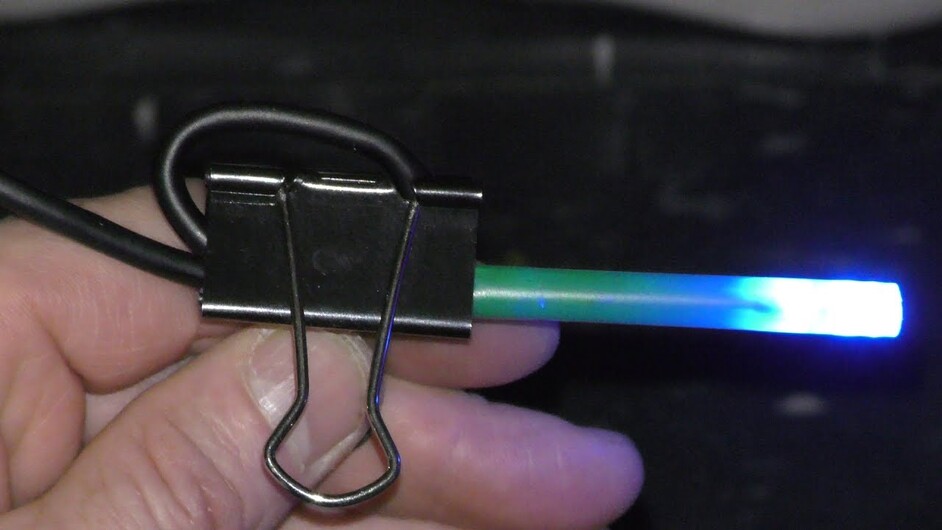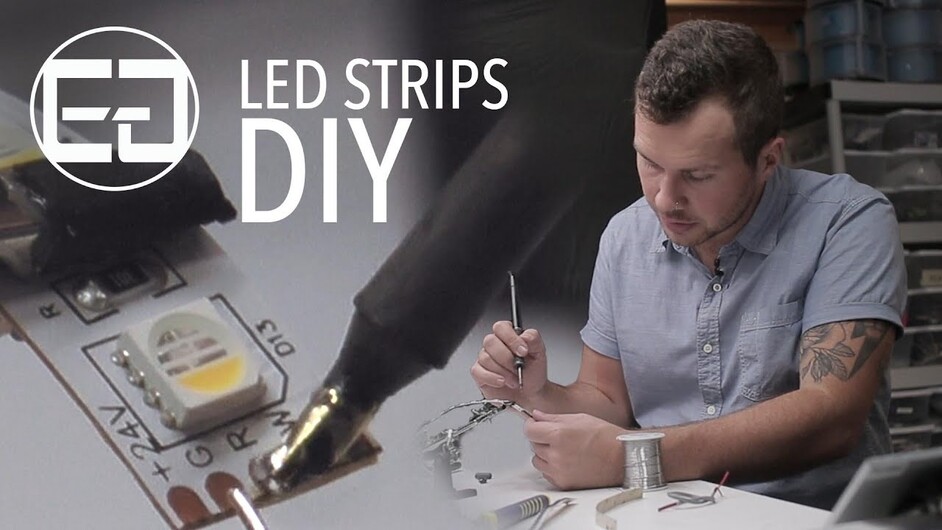Hi folks! As is a tradition for me, I have had an idea about a thing that I think would look cool, and decided I wanted to make it without any of the necessary skills or background knowledge. I know that it can be done, and I’m hoping some of the Very Clever People here have done something like it before and will be willing to share their knowledge to save me some wrong turns and dead ends.
The Objective
What I’m trying to build is a version of this logo (for personal use, I’m not selling it):
https://reign.overwatchleague.com/sites/reign/files/logo/OWL_AtlantaReign_Logo_Primary_LTGRAY-2.svg
…except that I want the red portions of the logo to have a backlit glow to them. I’m thinking something roughly in the 8"x10" size range, but have some flexibility there.
The Easy Bit
I’m planning to use a sheet of opaque white acrylic with the black/red logo elements cut out and inlaid with black/translucent red acrylic in their place. I’m hoping I can glue those in on the edges cleanly; if not, I may need to use a thin piece of transparent acrylic as a backing board. This thread gives me some good guidance on the adhesives to use, and I’ve done this kind of inlay stuff before, so this part doesn’t worry me.
The Complicated Bit(s)
Once I have a sheet of acrylic that looks like the logo, I need to get it backlit. It seems to my uninformed self that this would just be a matter of getting an appropriately-sized shadowbox , putting some LED strips and batteries in the back, and putting the acrylic sheet in place of the front glass. However, since I have no significant electrical experience other than installing the occasional ceiling fan, I have questions.
-
Does that seem like a sensible way to do this? Is there something simpler/more practical/more reliable that I’m overlooking, or am I oversimplifying things?
-
Are there heat concerns? I know LEDs run pretty cool, but if they’re on for extended periods in a wooden box, am I going to burn something down? Any ways to avoid such risks?
-
How/where could I install an on/off switch? (Yes, it’s that basic.) I know there are a lot of options, but again, I don’t have any real electrical knowledge. I haven’t been able to find any good guides to such things on the web, but I may just not be using the correct search terms.
-
Would a corded power supply be easier/safer/more reliable than batteries?
The Optional Upgrade
Assuming I can find ways to get all of the above done without electrocuting myself and/or burning the house down, I’d love to also get some kind of flickery/flame effect going on (since the icon represents a phoenix). A few things I’ve considered:
-
Instead of solid red, I could use something like a marbled or tortoise-shell acrylic. Unfortunately, I haven’t been able to find a source for that in red yet…anyone know of one?
-
Flickering LEDs would be fantastic. Something like this seems like it might be a good choice; anyone have experience/warnings/alternatives?
The Summary
As you’ve probably figured out by now, I have what I think is a cool idea with almost none of the relevant skills to make it happen. Any advice you could provide would be helpful, from “Hey, here’s a website that provides a lot of useful information for LED noobs” to “You can buy a prebuilt/custom lightbox from these people” to “You are nowhere near ready for this, give it up.” I am definitely willing to put in the time, research, and effort to make this thing work; I’m just hoping to get some pointers from those who have gone before so I don’t have to waste too much time, research, and effort going down the wrong paths.
Thank you!


